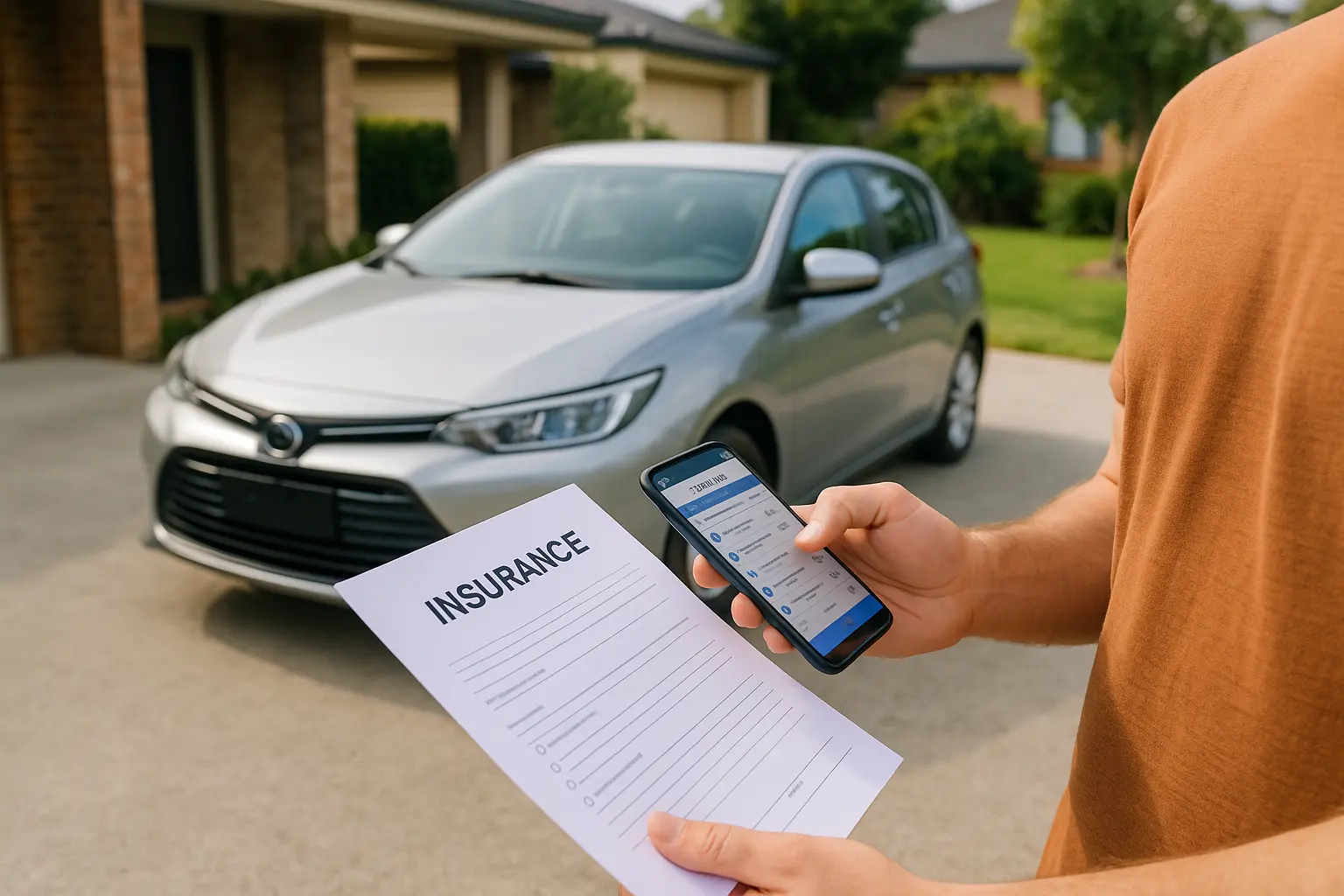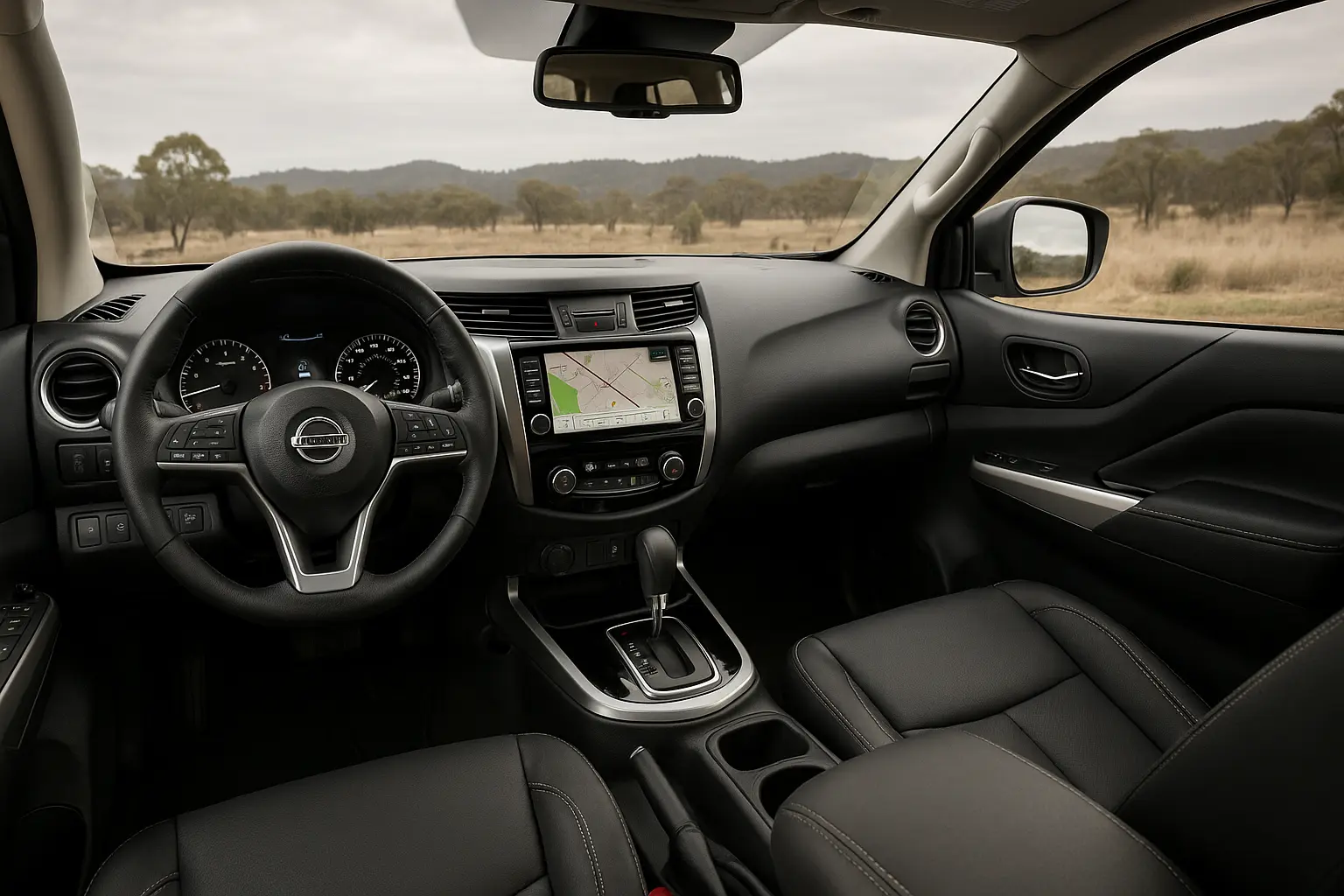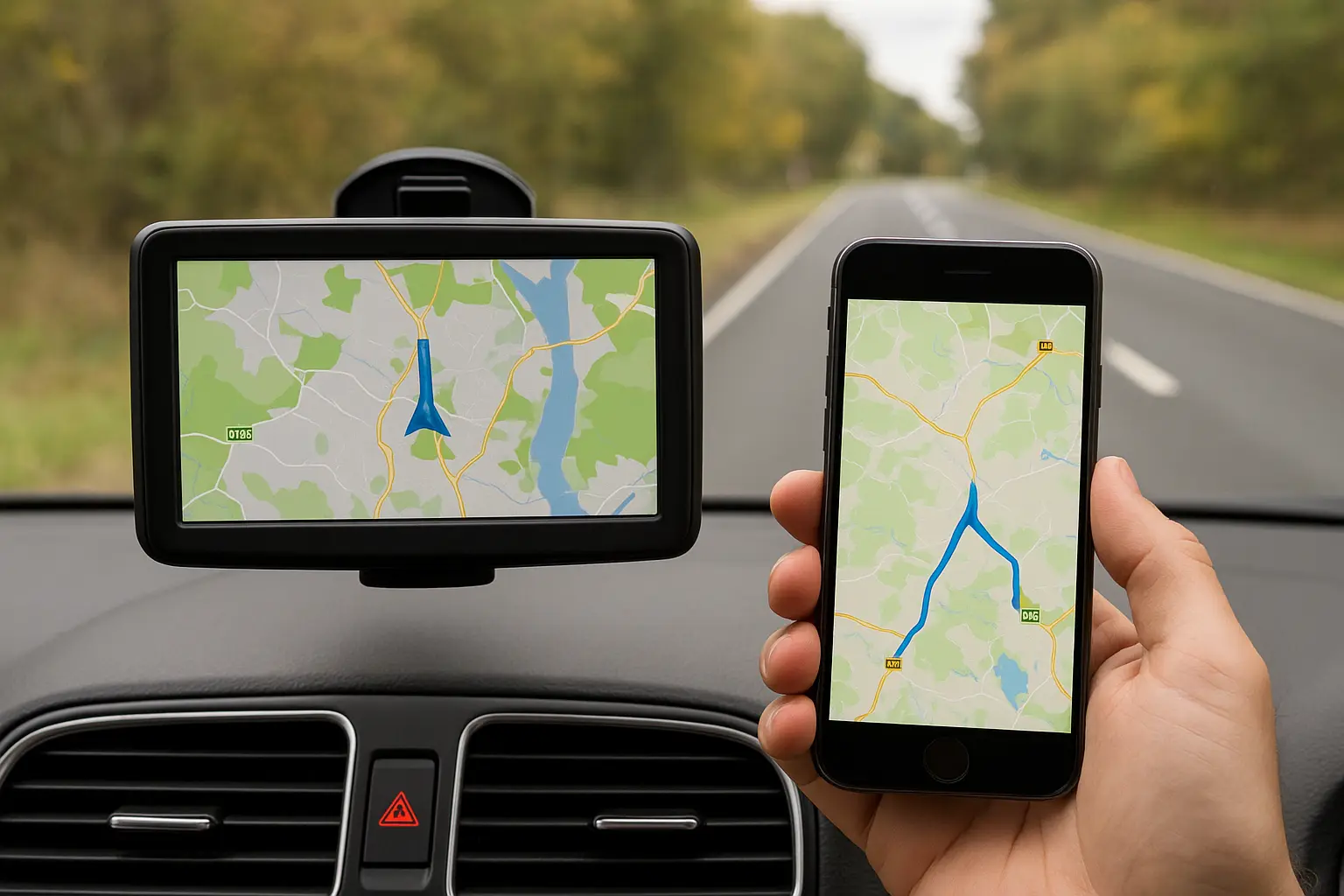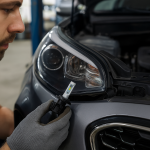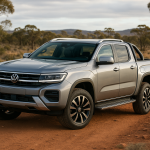🧾 How to Switch Car Insurance Providers Without a Headache – 2025 Aussie Guide
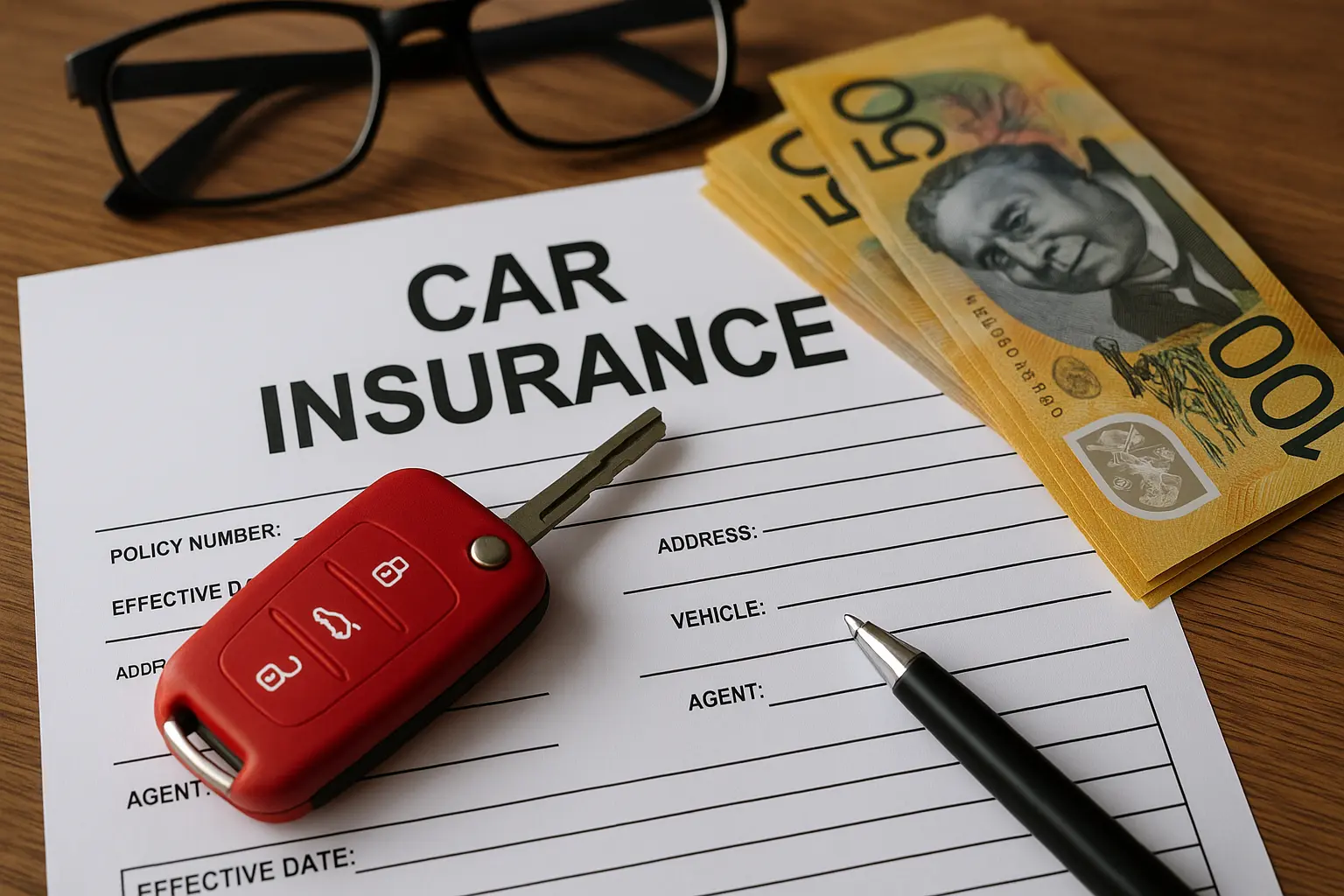
Switching car insurance can feel daunting—but it doesn’t have to be. Whether your premium has skyrocketed, your coverage no longer fits your needs, or you’ve simply found a better deal, making the move to a new insurance provider is easier than ever in Australia.
This in-depth guide will walk you through how to switch car insurance providers without any stress, including what to consider before switching, how to avoid costly mistakes, and the exact steps to follow to make the transition smooth.
🚗 Why You Might Want to Switch Your Car Insurance
Before diving into the "how," let’s address the "why." Here are the most common reasons Aussie drivers decide to change providers:
Price Increase: Your premium went up after renewal, and it no longer offers value.
Poor Customer Service: You’ve had a bad claims experience or struggle to get support.
Better Deals Elsewhere: A competitor is offering more coverage for less money.
Life Changes: You bought a new car, moved houses, or changed how you use your vehicle.
More Coverage Needs: You want add-ons like windscreen cover or a lower excess.
If any of these apply to you, it’s time to shop around.
🔍 Step-by-Step Guide: Switching Car Insurance in Australia
1. Review Your Current Policy
Start by understanding your existing policy. Look at:
Your coverage levels (comprehensive, third party, etc.)
Any add-ons like roadside assist or hire car
Your policy excess (the amount you pay when making a claim)
Your claims history
Your renewal date and whether you’re in a locked contract
You can usually find all this in your Product Disclosure Statement (PDS) or your insurer's customer portal.
2. Check for Exit Fees or Penalties
In most cases, you can cancel car insurance anytime in Australia. However:
Some insurers may charge a cancellation fee (usually $30–$50)
You may lose out on unused premium unless refunded
Check if you’re on a monthly or annual payment cycle—annual plans might offer partial refunds
Read the fine print or call your provider for clarity.
3. Compare Car Insurance Quotes
This is where the magic happens. Use comparison tools like:
iSelect
Compare the Market
Canstar
Finder
And don’t forget to check direct providers like:
Budget Direct
NRMA
AAMI
Allianz
Youi
Bingle
RACV / RACQ / RAA
Pro Tip: Don’t just compare price. Look at:
| Factor | Why It Matters |
|---|---|
| Coverage | Does it include storm damage, fire? |
| Excess | High excess = lower premium, but more out-of-pocket in claims |
| Claims Process | Read user reviews for smoothness |
| Add-ons | Like hire car, glass cover, etc. |
| Discounts | Bundling, no-claim bonus, etc. |
4. Time Your Switch Right
You can switch anytime, but timing it close to the end of your current policy avoids:
Potential exit fees
Refund hassles
Overlap in coverage
If you’re switching before your renewal date, ensure your new policy starts exactly when the old one ends. Never drive uninsured—not even for an hour.
5. Apply for the New Policy (But Don’t Cancel Yet!)
Once you find the best deal:
Apply for the new policy
Wait until it’s confirmed and active
Ensure you have a Certificate of Insurance or policy confirmation email
Only then, proceed to cancel your old insurance.
6. Cancel Your Old Policy
Contact your old insurer and cancel:
By phone or online (some require forms)
Provide the new policy start date to avoid double cover
Request written confirmation and refund for unused premium, if applicable
Save this documentation—you might need it for disputes or proof of continuous coverage.
7. Notify Your Lender or Lease Company (If Applicable)
If you’re financing or leasing your vehicle, the provider may need updated insurance records showing you still meet minimum coverage requirements.
Provide them with your new Certificate of Insurance to avoid issues with your loan agreement.
8. Update Rego or Government Details (Optional)
In most cases, your insurance isn’t tied to your registration. But if you're eligible for CTP Green Slip refunds in NSW or VicRoads discounts, inform the transport authority about your switch.
This ensures you receive full entitlements or discounts.
💡 Pro Tips to Make Switching Even Easier
✅ Bundle Policies for Discounts
If you also need home, contents, or motorcycle insurance—bundle them with one provider for a multi-policy discount.
✅ Use a Broker if You’re Overwhelmed
Insurance brokers are licensed professionals who help you find the best coverage for your needs, often at no extra cost. This is especially handy if you own multiple vehicles or a modified car.
✅ Don’t Let Loyalty Blind You
Staying with the same insurer for years doesn't guarantee better pricing. In fact, loyalty tax often means you’re paying more than a new customer.
✅ Understand the Cooling-Off Period
By law, you’re allowed a 14-day cooling-off period after starting a new insurance policy. Cancel during this window and get a full refund (provided no claims are made).
📉 Common Mistakes to Avoid
Avoiding these pitfalls will save you money and stress:
| Mistake | Why It’s a Problem |
|---|---|
| Cancelling before new cover starts | Leaves you uninsured |
| Not checking for exit fees | Surprise charges may apply |
| Not comparing excess levels | A cheap premium may have a high excess |
| Forgetting to check coverage | You may downgrade without realising it |
| Not telling your lender | May breach your loan terms |
| Missing discounts | Some insurers offer online-only or limited-time offers |
🔧 Switching Car Insurance if You’ve Made Claims
Yes—you can still switch if you've had an accident or lodged a claim. But expect:
Higher premiums with new providers
Potential loss of no-claim bonus if not portable
Some insurers may refuse coverage if your driving history is risky
Use providers who specialize in high-risk drivers if needed.
🚙 Switching Between Insurance Types
Let’s say you want to upgrade or downgrade your insurance level:
From Third Party to Comprehensive
Provides much better protection (especially for your own vehicle)
Required if your car is financed
From Comprehensive to Third Party
Reduces cost if your car is older or lower value
Be aware you’re not covered for your own vehicle damage
Make sure the change fits your vehicle’s current market value and your financial situation.
🛠️ Switching Car Insurance When Selling or Buying a New Car
Selling Your Car?
Cancel your policy once sale is complete
Get a refund on unused premiums
Inform your insurer of the sale date
Buying a New Car?
You can transfer your policy to the new car with some insurers
Otherwise, take out a new policy
Ensure coverage starts before you drive the new car home
💬 FAQs About Switching Car Insurance in Australia
Q: Will I lose my no-claim bonus if I switch?
A: No—most insurers allow you to carry it over. Just provide proof.
Q: Can I switch mid-policy?
A: Yes, anytime. You may need to pay a cancellation fee, though.
Q: Do I need to notify my state transport authority?
A: Usually no, unless it’s linked to registration discounts or compulsory third party insurance.
Q: How often should I compare insurers?
A: Ideally every 12 months—especially before your renewal hits.
🔚 Final Thoughts – Switching Made Simple
Switching car insurance in 2025 doesn’t have to be a hassle. Armed with a little research and the right steps, you can find a policy that offers better value, coverage, and customer service.
Whether you’re after lower premiums, better support, or tailored coverage, the market is full of competitive options. The key is to compare smartly, time your switch well, and avoid common mistakes.
Don’t settle—get the coverage you deserve, without the headache.

Ruby McKenzie
Ruby McKenzie is a dynamic content writer from Brisbane with a background in journalism and public relations. She thrives on transforming complex ideas into relatable content across tech, travel, and culture niches.
Leave a comment
Your email address will not be published. Required fields are marked *
Related posts
Car Seat Guide | Baby Seats | Booster | Safety Ratings in Australia
You might be interested in
Nissan Navara Review | Ute Specs | Off-Road | Price Australia
Oct 13, 20259,462 viewsCar GPS vs Smartphone Maps | Which is Better? | Pros & Cons Explained
Oct 13, 20258,305 views

